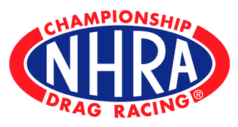Outcome Uncertainty, Attendance, and Television Audience in NASCAR
Abstract
Using data from the 2007, 2008 and 2009 NASCAR seasons, this paper shows that the uncertainty of outcome hypothesis pertains to both race attendance and television audience, with the former only responding to race-level uncertainty and the latter responding to both race-level and season-level uncertainty. Of the other contributing influences, the price of gasoline and the unemployment rate were both unrelated to race attendance during the sample period, counter to conventional wisdom expressed during the declining attendance and ratings of the 2009 season. We also find that NASCAR broadcasts lose audience when competing against other big-interest sporting events and that declines in both television ratings and audience size during the NASCAR season were not unique to 2009, again contradicting conventional wisdom. Overall, the empirical evidence suggests that declining competitive balance might have been the common factor that reduced both television audiences and race attendance during this period.









